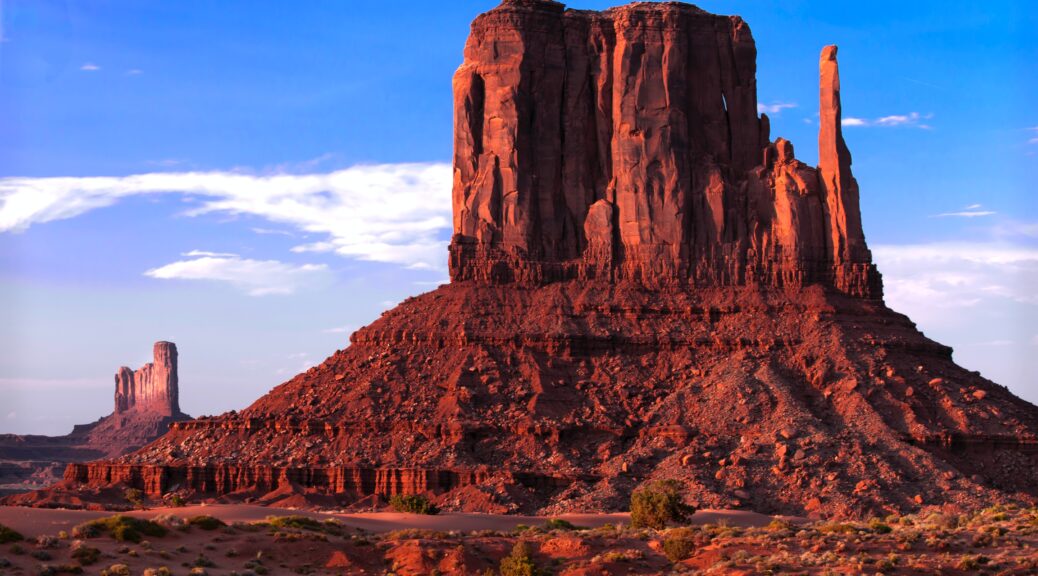The Native American community in the United States makes up a mere 3% of the population, yet they have perhaps been one of the most misunderstood and stereotyped groups in the nation. While Blackface has been frowned upon for at least 40 years now, sports mascots and symbology intended to “honor” Native Americans are still considered acceptable by far too many people. Many attempts have been made to erase Native American culture, and their history has been whitewashed.
However, these negative trends have been reversing. As we head into a new year, let’s look at three areas where Native Americans and their stories are headed in a more positive direction.
Government
The influence of Native Americans in United States politics is growing. Native Americans played a critical role in the 2020 election of President Joe Biden, as well as winning the most seats ever held by Native Americans in Congress.
2021 began with the appointment of the first Native American to a Cabinet position, as Rep. Deb Haaland of New Mexico was confirmed as Secretary of the Interior. She is also the first Native American to head the department responsible for managing federal lands and protecting environmental resources. This is particularly notable since the Bureau of Indian Affairs (BIA) and other agencies often directly involved in Native American treaty disputes are part of the US Department of the Interior. As the year closed out, Haaland appointed the first Native American head of the National Parks Service.
Expect Native influence to grow in government issues around land access and water rights. Also, expect the Native vote to continue to be an essential part of the 2022 election cycle.
Addressing Injustices
Shortly after the discovery of the remains of over 200 children at a residential school in Canada (another 751 graves were found just weeks later), Secretary Haaland announced the Federal Indian Boarding School Initiative, intended to shed light on the traumas endured by Native American Students at the schools. Residential schools were forced assimilation schools intended to “Kill the Indian, save the man,” as described by Col. Richard Henry Pratt, founder of the Carlisle Indian School in Pennsylvania. Native children were removed from their homes to live at the residential schools, where their braids were cut, they were forbidden to speak their native languages, and they were expected to convert to Christianity. Those who did not comply were faced with corporeal punishment, restricted diets, and confinement. Survivor stories of physical and sexual abuse are commonplace. There are 180 marked gravesites at the Carlisle School grounds (now part of the US Army War College) and numerous unmarked graves. In June 2021, the remains of ten children were returned to their communities.
The crisis of Missing and Murdered Indigenous Women and Girls (MMIW/G) has been longstanding in Native American communities and has finally started to gain the attention of a broader audience. The statistics are heartbreaking—over 80% of Indigenous women have experienced violence, and over half have experienced abuse from partners. In addition, the murder rate for Indigenous women is ten times higher than women from all other ethnicities. From 2019 to 2021, fourteen states have made efforts to address the issue through task forces, summits, and new laws. In 2019, President Trump established a Task Force on Missing and Murdered American Indians and Alaska Natives. On November 15, 2021, President Biden signed an Executive Order on Improving Public Safety and Criminal Justice for Native Americans and Addressing the Crisis of Missing or Murdered Indigenous People.
Look for pressure to reconcile systemic and historic injustices to continue into 2022 and beyond.
Representation in Hollywood
Representation of real Native Americans in movies and television has reached a new high, and it’s not just with Native American actors on the screen. New television comedies dealing with Native American life—“Rutherford Falls” and the Golden Globe nominated “Reservation Dogs”—have a record number of Native American creators, writers, and directors. And Native American children will soon have a superhero to look up to, as Marvel Studios introduced Maya Lopez—also known as “Echo”—in its winter release of the Disney+ series, “Hawkeye.” The character of Maya is played by actress Alaqua Cox, a citizen of the Menominee Nation in northern Wisconsin. Cox, like her character, is deaf and has a prosthetic leg, and she is a source of pride not only for her Native American community but also for the deaf and differently abled communities.
We’ve certainly come a long way from the stereotypical American Indian in classic Western movies! This trend will continue to grow over the coming years.
CLICK for McCuistion’s 12 Steps to Diversity Recovery
Photo by Jack Prichett on Unsplash
- DEI: What’s Old Is New Again – by Susan McCuistion - January 12, 2023
- Key Native American Trends for 2022 – by Susan McCuistion - January 5, 2022
- 12 Steps to Diversity Recovery –by Susan McCuistion - August 17, 2021

